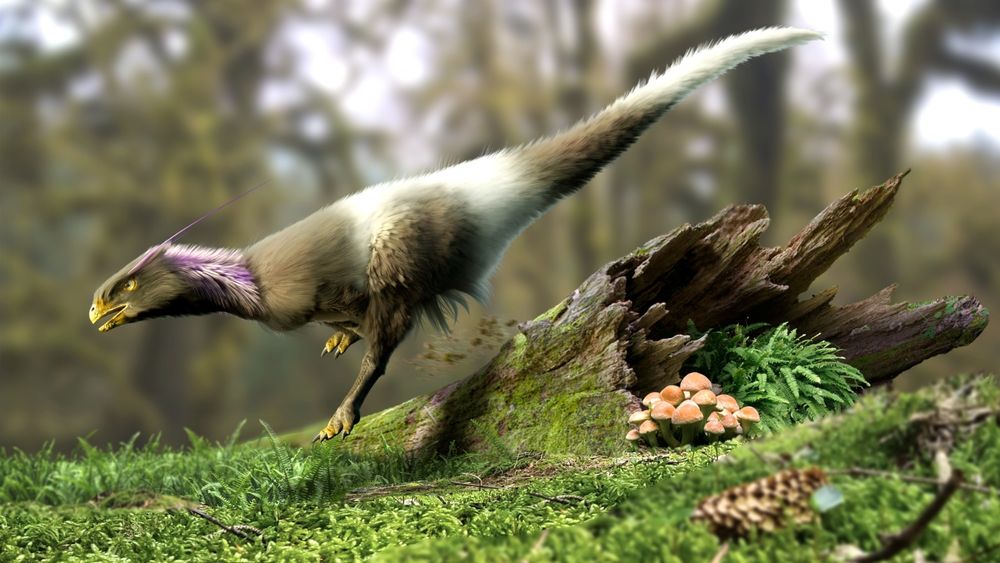




I have used this tutorial, I hope it helps you!
youtu.be/gYHI1ZVvaoA?...

I have used this tutorial, I hope it helps you!
youtu.be/gYHI1ZVvaoA?...
(these are old models, but they serve to illustrate the idea)




(these are old models, but they serve to illustrate the idea)


Or so I believe. In any case, thanks again!
Or so I believe. In any case, thanks again!





